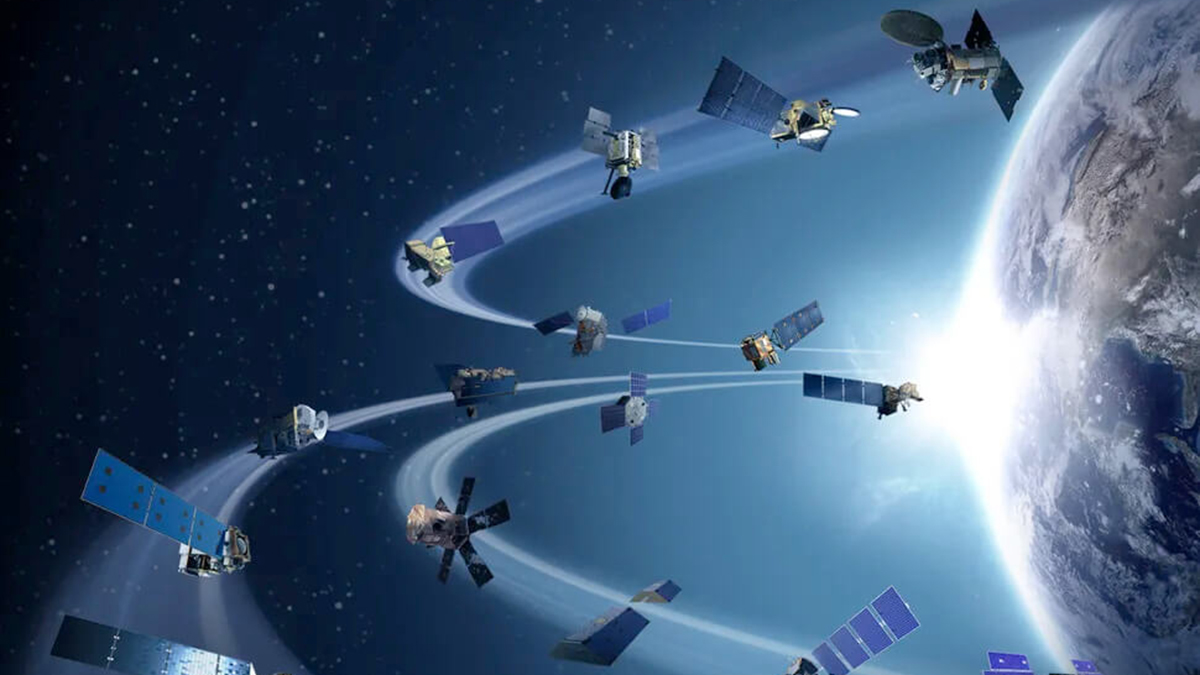JGR: Space Physics welcomes new and original developments in instrumentation including novel experimental methodologies that are relevant to space physics.
Michael Balikhin
Editor-in-Chief, JGR: Space Physics
Posted inEditors' Highlights
Why Subsequent ICMEs are More Geoeffective
A new study demonstrates how an interplanetary coronal mass ejection (ICME) clears the path for following transients and explains why subsequent ICMEs are more geoeffective.
Posted inEditors' Highlights
Upstream Propagating Magnetic Dips in the Magnetosheath
The previous consensus that magnetic dips in the magnetosheath can be attributed to non-propagating mirror waves is now shown to be oversimplified.
Posted inEditors' Vox
JGR: Space Physics Seeks Submissions on Underrepresented Topics
Under a new editor in chief, the Journal of Geophysical Research: Space Physics is encouraging more scientific papers on space instrumentation, numerical models, and solar physics.




